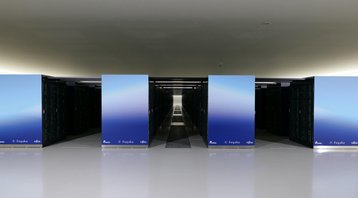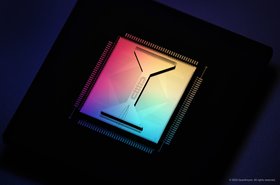Japan's Ministry of Education, Culture, Sports, Science and Technology (MEXT) is planning to build a successor to the country’s Fugaku supercomputer, which it claims will be the world’s first zettascale supercomputer.
However, it should be noted that the zettascale peak performance the supercomputer, dubbed Fugaku Next, is aiming to achieve relates to AI performance, which is measured in FP8, or 8-bit precision calculations, compared to traditional compute performance which is measured in double-precision calculations, also known as FP64 – the industry standard for large systems.
A system boasting 100 petaflops of FP64 performance is more powerful than a system that has achieved 100 petaflops of FP8 performance, for example.
Despite these technicalities, according to a planning document published by MEXT and first reported by Tom’s Hardware, should the supercomputer be built as planned, each node of the proposed system would have a peak performance of “several hundred” teraflops of FP64 performance.
By comparison, each node of Fugaku, which was ranked fourth on the most recent Top500 list of the world’s most powerful supercomputers, has a peak performance of 3.4 teraflops of FP64 performance.
In total, Fugaku has an HPL (high-performance Linpack) benchmark score of 379.70 petaflops.
Despite this caveat, if Japan is able to achieve this feat by its targeted date of 2030, the country will likely once again house the world’s fastest supercomputer.
According to a separate report from news outlet Nikkei, the ministry wants Japan’s RIKEN Center for Computational Science and Fujitsu to start developing the supercomputer next year. It plans to allocate $29.06 million for the first year of development, with government funding for the project expected to total more than $761m.
According to the document, the ministry also wants Fugaku Next to be built using Japanese technology, making Fujitsu the probable vendor in order to maintain software compatibility with RIKEN’s existing supercomputers. It also specified that the system should contain an advanced storage system capable of hosting both traditional and AI workloads.







